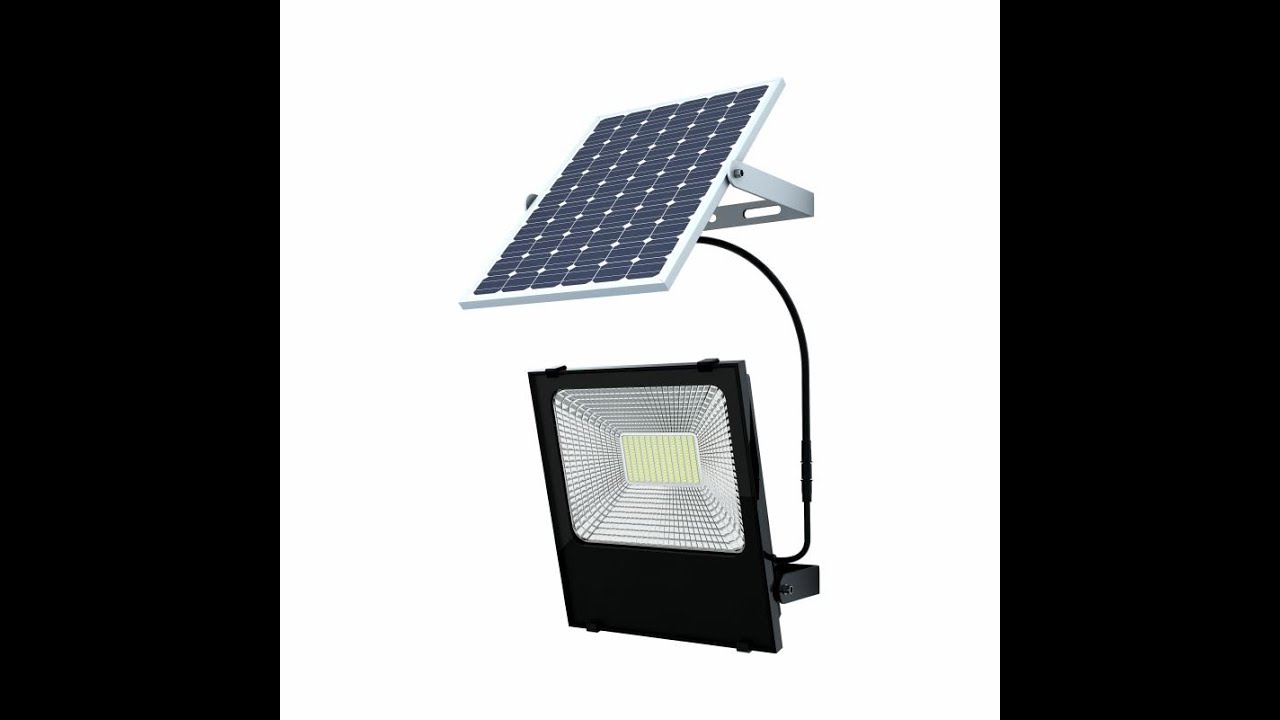
# A Solar-Powered Innovation Transforms Lithium Extraction from Brines
With the escalating demand for lithium—an integral element of rechargeable batteries—new advancements in greener, more efficient extraction techniques are making significant strides. An innovative solar-powered apparatus, created by a global consortium of researchers, provides a method to extract lithium from saline sources while minimizing greenhouse gas emissions and lowering environmental impact. This device features a membrane-based hierarchical framework, symbolizing a sustainable advancement in lithium production, which is among the most energy-demanding processes globally today.
## Growing Lithium Demand and Environmental Issues
Lithium is a crucial metal utilized in the manufacture of rechargeable batteries found in electric vehicles, smartphones, and energy storage systems for the grid. As technological progress encourages the broader use of green energy, the demand for lithium has surged. Nevertheless, traditional lithium extraction techniques are energy-consuming, deplete resources, and generate substantial environmental waste.
Currently, lithium is mainly obtained from mineral ore extraction or from brine—salty water deposits with elevated lithium salt concentrations—in areas such as South America’s “Lithium Triangle.” While brine extraction is less costly and results in fewer direct emissions than rock mining, it still heavily depends on fossil fuels for processes like evaporation and transport, adding to carbon emissions. **The urgency for a sustainable alternative** has motivated researchers to investigate eco-friendly methodologies for lithium extraction.
## Solar-Powered Lithium Extraction: A Revolutionary Breakthrough
Under the guidance of **Baoxia Mi** from the University of California, Berkeley, and **Jia Zhu** from Nanjing University in China, a research group has created a cutting-edge solar-powered device that significantly mitigates the ecological effects of lithium extraction.
The innovation of this system lies in its **hierarchically designed membrane structure**, which emulates the ion-selective mechanisms of plants thriving in salty conditions. The system consists of several layers with specific functions, including an evaporation component, a nanofiltration membrane, and a storage section for collected lithium. This sophisticated design ensures that the entire extraction procedure is energy-efficient and free from carbon emissions.
“Just as plants utilize effective strategies to extract essential nutrients while discarding surplus salts, we applied this principle in our membrane-based system,” Zhu articulates. This innovation results in lower operational expenses, reduced energy requirements, and a more environmentally friendly technique compared to conventional approaches.
### Operation of the Device
The device functions by utilizing **solar energy** to facilitate evaporation from the brine source. When sunlight strikes the system, it provides the necessary energy to establish a pressure differential, allowing materials—such as water and dissolved minerals—to be drawn into the membrane-based apparatus. The crux of the operation is the **nanofiltration membrane**, expertly engineered to permit only lithium ions (Li⁺) to traverse, while blocking other undesirable ions such as sodium or magnesium (Mg²⁺).
As lithium ions build up in the storage section beneath the membrane, the process can be continually regenerated through water circulation. This circulation helps to transport the concentrated lithium ion solution from the device to a reservoir for subsequent processing, facilitating continuous harvesting in outdoor settings without complex energy needs.
### Noteworthy Efficiency Achievements
In typical outdoor conditions, each module of the solar-powered device can yield approximately **33.2 milligrams of lithium per square meter** daily, from brines with as little as **3 mg per liter** of lithium—representing a noteworthy efficiency given that many brine deposits have low lithium concentrations. The scalability potential of this system is also promising; arrays of these modules could be deployed to float on extensive brine pools that are already utilized for lithium extraction.
“From an ecological standpoint, the most thrilling feature of our solar transpiration-driven lithium extraction technology is its **complete dependence on sunlight**, with no need for external energy inputs,” says Jia Zhu. “This ensures genuinely green and sustainable lithium mining, significantly reducing the environmental footprint.”
## Enhancements in Lithium Selectivity
A major hurdle in lithium extraction from brines has consistently been the **selectivity** of separating lithium ions from other ions, particularly magnesium, which frequently competes with lithium during extraction.
The system’s selectivity is assessed as a ratio reflecting the relative concentration of magnesium to lithium within the device compared to the original brine. Remarkably, the team achieved a lithium selectivity ratio of **24** through the use of advanced nanofiltration membrane technology. Moreover, by implementing a **staged arrangement** within the device, the researchers managed to enhance this selectivity to **168**—a remarkable advancement relative to traditional techniques.
“Our experimental findings indicate that as membrane technologies progress, we foresee even greater lithium selectivity in the future,” Zhu notes. This breakthrough could potentially lead to significant reductions in the high expenses and complexities associated with lithium separation from brines, enhancing the economic feasibility of more environmentally friendly lithium extraction methods.
## Expert Opinions and Future Directions
Authorities in the domain of environmental engineering, like **Menachem Elimelech** from